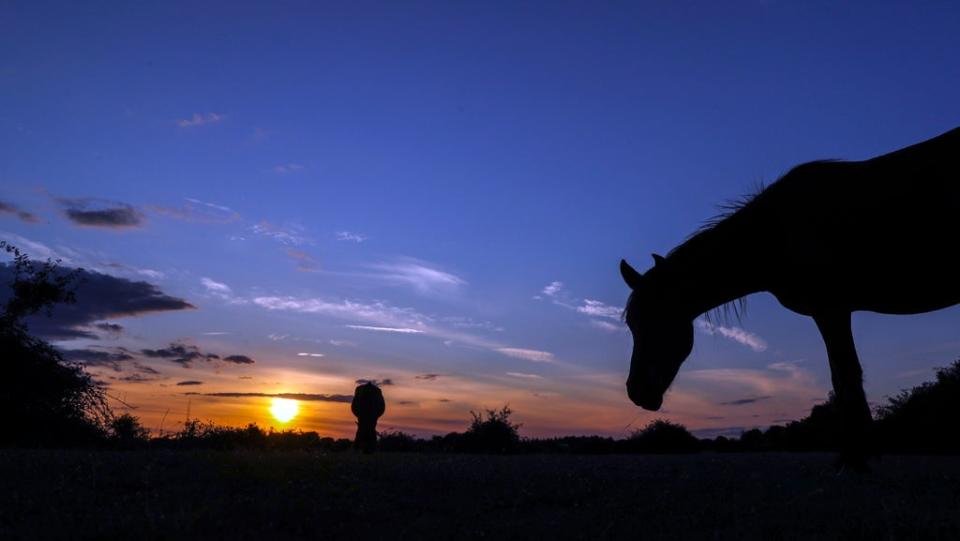Domestic horses originated on the steppes before spreading across Europe – study

The origin of domestic horses has finally been established by researchers.
According to a new study, the animals were first domesticated in the Pontic-Caspian steppes – an area covering parts of modern day Bulgaria Romania Moldova, Ukraine Russia and Kazakhstan – before conquering the rest of Eurasia within a few centuries.
Researchers looked at the whole of Eurasia by analysing the genomes of 273 horses that lived between 50,000 and 200 years BC.
This information was sequenced at the Centre for Anthropobiology and Genomics of Toulouse and Genoscope before being compared with the genomes of modern domestic horses.
They found that although the area was once populated by genetically distinct horse populations, a dramatic change occurred between 2000 and 2200 BC.
This is when we took control over the reproduction of the animal and produced them in astronomic numbers
Professor Ludovic Orlando
Dr Pablo Librado, first author of the study, said: “That was a chance: the horses living in Anatolia, Europe Central Asia and Siberia used to be genetically quite distinct.”
According to the findings a single genetic profile, previously confined to the Pontic steppes (North Caucasus), then began to spread beyond its native region, replacing all the wild horse populations from the Atlantic to Mongolia within a few centuries.
Ludovic Orlando, of the French National Centre for Scientific Research (CNRS), who headed the international team, said: “The genetic data also point to an explosive demography at the time, with no equivalent in the last 100,000 years.
“This is when we took control over the reproduction of the animal and produced them in astronomic numbers.”
Scientists found two main differences between the genome of this horse and those of the populations it replaced.
One is linked to a more docile behaviour and the second indicates a stronger backbone.
Researchers suggest these characteristics ensured the animals’ success at a time when horse travel was becoming global.
The study also found that the horse spread throughout Asia at the same time as spoke-wheeled chariots and Indo-Iranian languages.
However, the scientists say the migrations of Indo-European populations, from the steppes to Europe during the third millennium BC could not have been based on the horse, as its domestication came later.
They suggest this demonstrates the importance of incorporating the history of animals when studying human migrations and encounters between cultures.
The study is published in Nature.
Read More
What is the Covid situation now and could we be facing another lockdown?
Facebook ‘planning company rebrand’ to reflect future plans
Google’s new Pixel 6 range divides opinion among phone experts

 Yahoo News
Yahoo News 